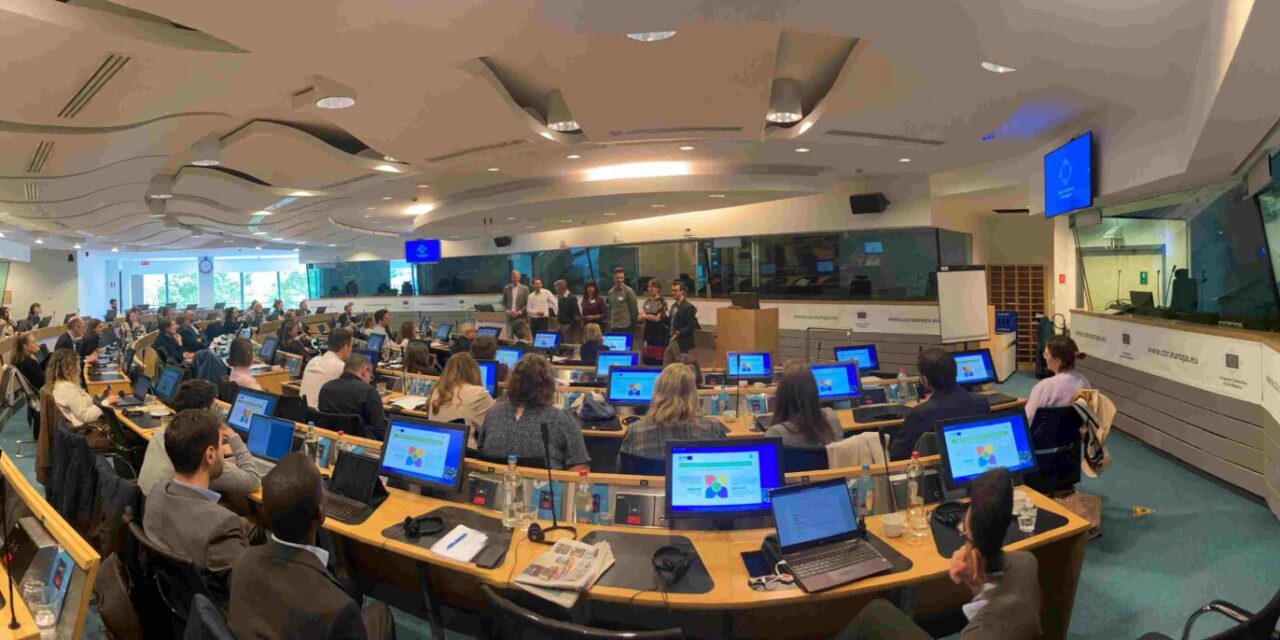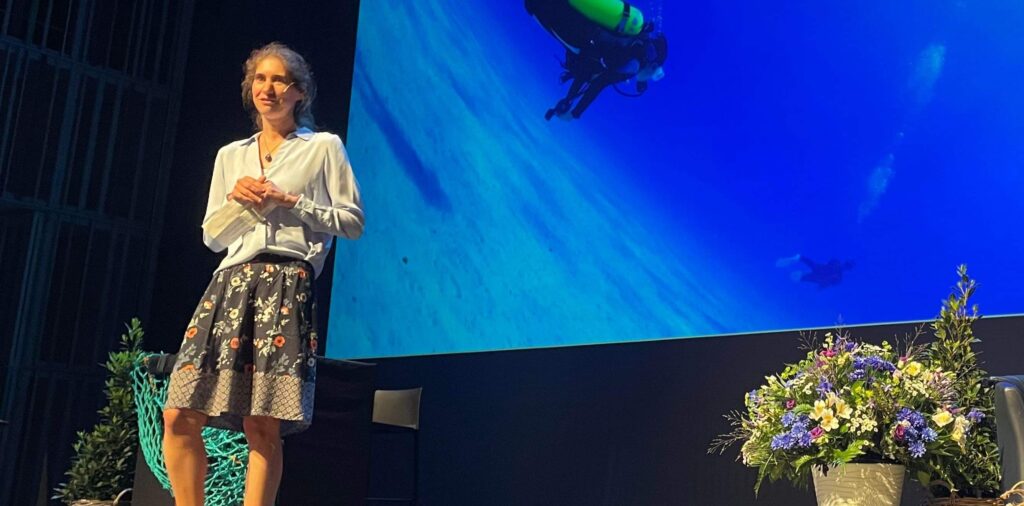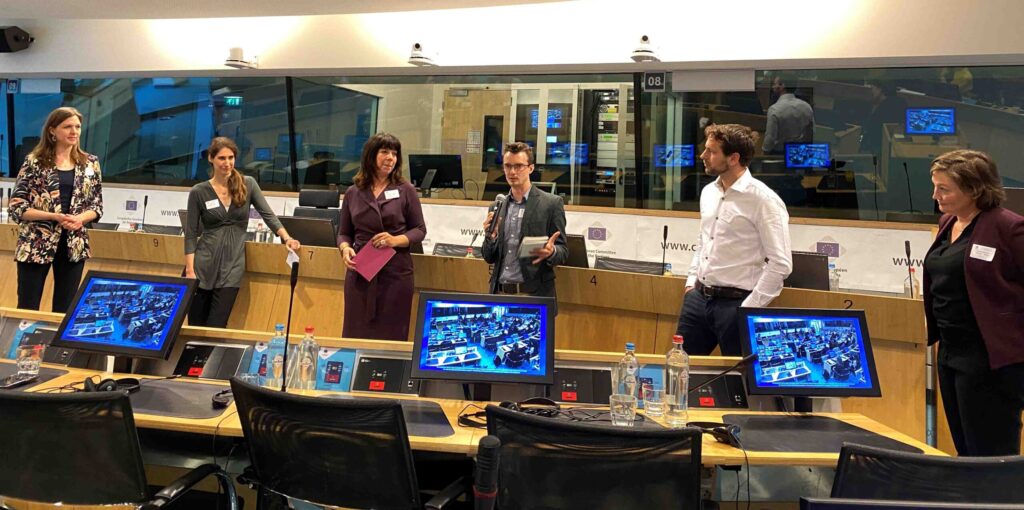ProCirc project, big ambitions more than fulfilled!

The Interreg North Sea Region ProCirc project aimed to develop knowledge and understanding of how circular procurement contributes to reducing the use of raw materials, waste and CO2 emissions in various sectors. During the project, more than 30 circular procurement pilot projects were launched in various sectors, including construction, ICT and office furniture. The project covered a period of 4.5 years, during which eleven organisations from six countries collectively gained a lot of experience. Lyke Bosma, senior consultant office for European Programmes at Rijkswaterstaat, took on the role of project manager for the ProCirc project.

Can you tell us about the ProCirc project and your role in it?
The ProCirc project aimed to promote circular procurement in a variety of organisations, where we wanted procurerers, buyers, to learn and experiment with circular procurement practices. As project manager, I was responsible for coordinating this initiative and making sure all stakeholders were on the same page.
What were the biggest challenges during this project?
One of the biggest challenges was the impact of COVID-19, without a doubt. This changed our plans considerably, especially as we had planned a lot of workshops on location, which we had to convert to digital working sessions. However, switching to online actually proved to be a successful format during the project, given that many procurers have full schedules. It was also interesting to see the full commitment, I noticed that everyone was highly motivated.
What successes did you achieve with the ProCirc project?
The most significant success was the commitment and involvement of all partners throughout the project’s duration. Despite the challenging circumstances, we even surpassed our initial promise by executing 32 pilot projects. It was truly fantastic to be part of this success.

Why was monitoring the impact so crucial during the ProCirc project?
Monitoring was a critical aspect of the programme; we aimed not only to promote circular procurement but also to measure its impact on CO2 emissions, waste reduction, and material usage. It provided insights into our progress and in which areas improvements could be made.
How did you face the challenges of monitoring impact of projects?
Obtaining standardized data, especially within complex supply chains and framework contracts, proved challenging. This led to assumptions and estimations. We collaborated with the pilots to raise awareness, gather more data, and develop methods to measure the impact of circular procurement as accurately as possible.
Developing new business models was also part of the project, what did you learn?
This is what my colleague Monica Sánchez Groeneweg has been working on. Together we looked at the question ‘how do you request circular procurement from the market?’. A key lesson we learned is that we don’t all speak the same language. This can cause market players to not bid in tenders, or not stand out to procurers, even if they would be a good fit. Therefore, a roadmap has been developed to bring the two worlds closer together.
What was the most important lesson you learned?
A key learning point was that circular procurement is not just the responsibility of the procurer. It requires an organisation-wide approach, not just a matter for the procurement department. In the case of the procurement of baby strollers, for example, we saw that internal changes were needed to become more circular. The way the organisation implemented that was really a textbook example. Read more about this pilot here.

How do you see the future of circular procurement after the ProCirc project?
Although the project has been completed, its impact continues. Even after the pilot phase. The ProCirc project has provided valuable lessons and insights that can guide future initiatives in this area.
Want to know more about the project results?
Experiences have been translated into recommendations and guidelines , tools and methodologies have been developed and robust transnational networks have been built. Two joint ‘Joint Statements of Demand’ (JSD) have been launched to highlight the project’s impact on shaping a more circular economy. A third JSD has been published in draft form. There has also been a focus on value chain engagement, for which circular business model route maps have been developed for SMEs and large companies. More information can be found on the project website: https://northsearegion.eu/procirc/.
Ready to get started yourself



